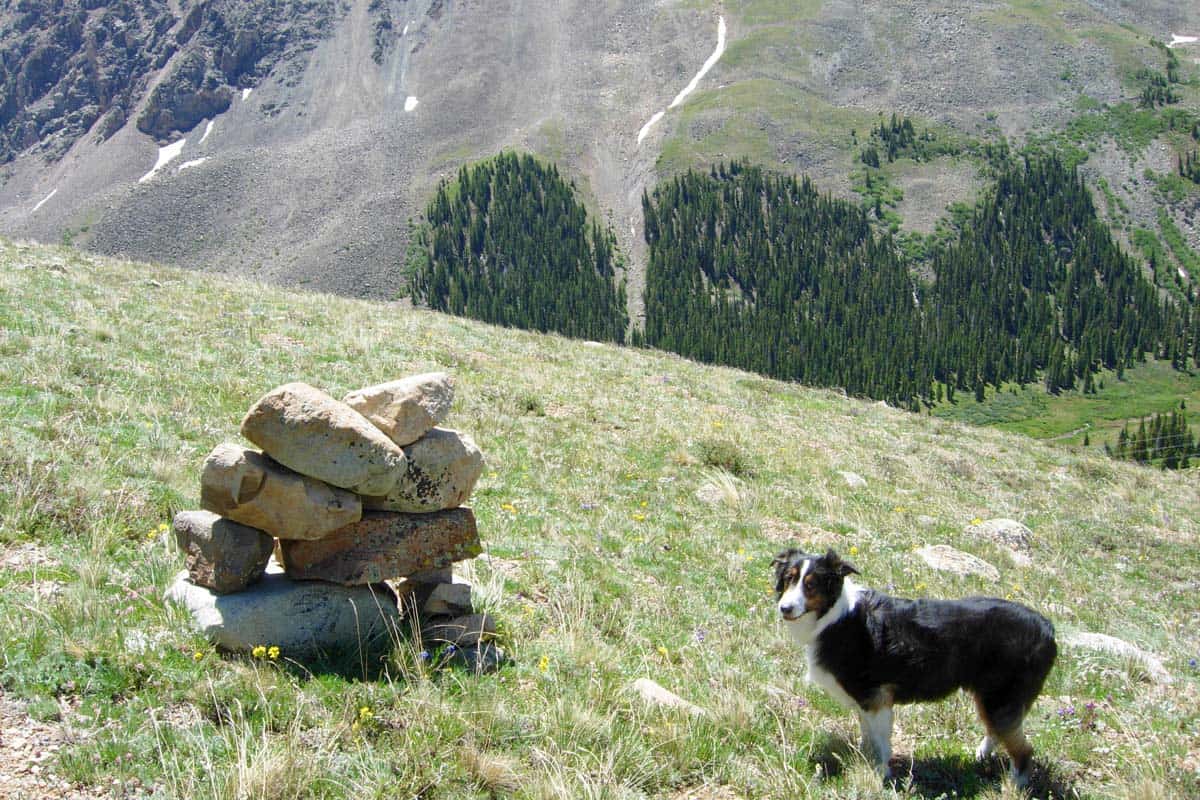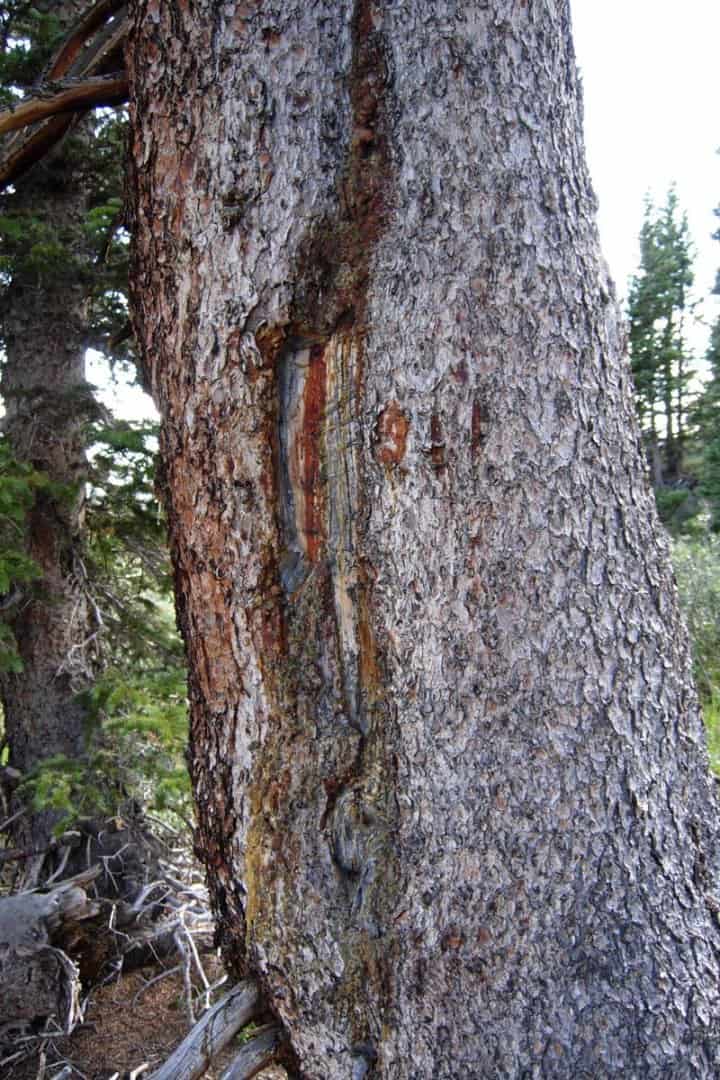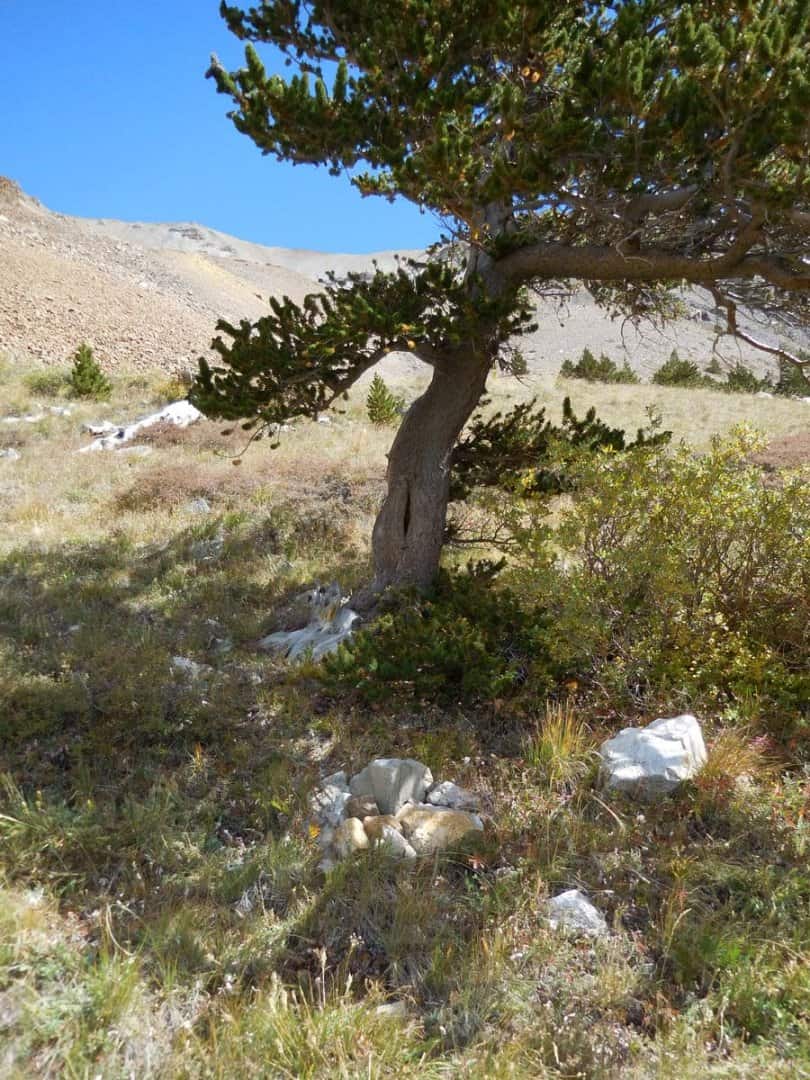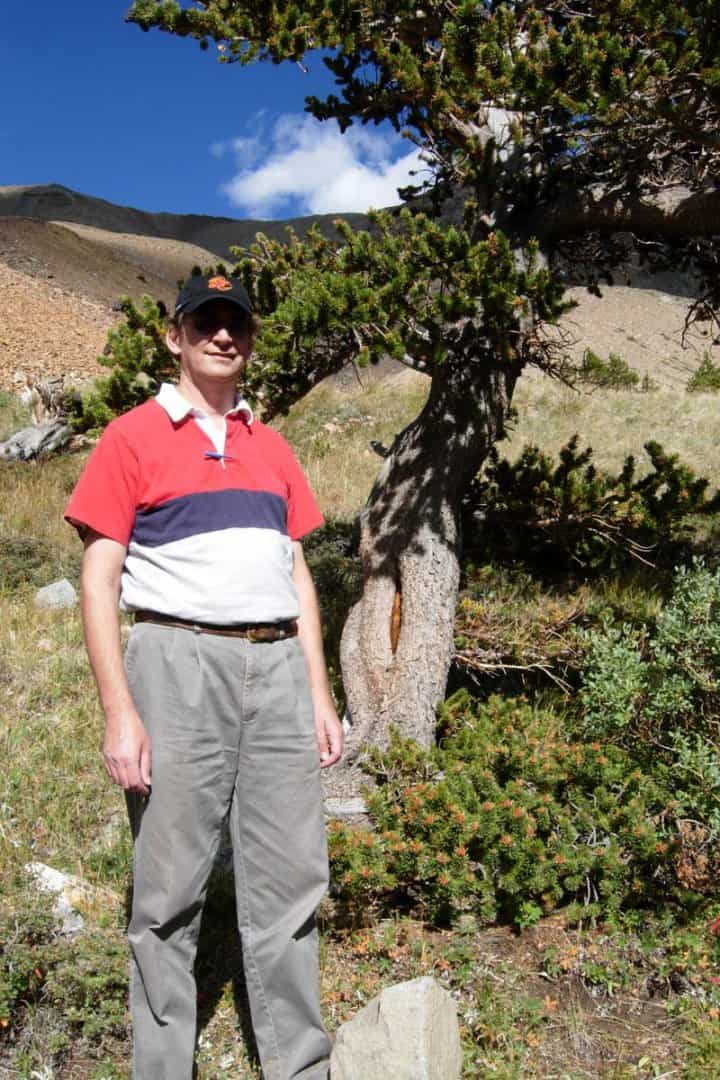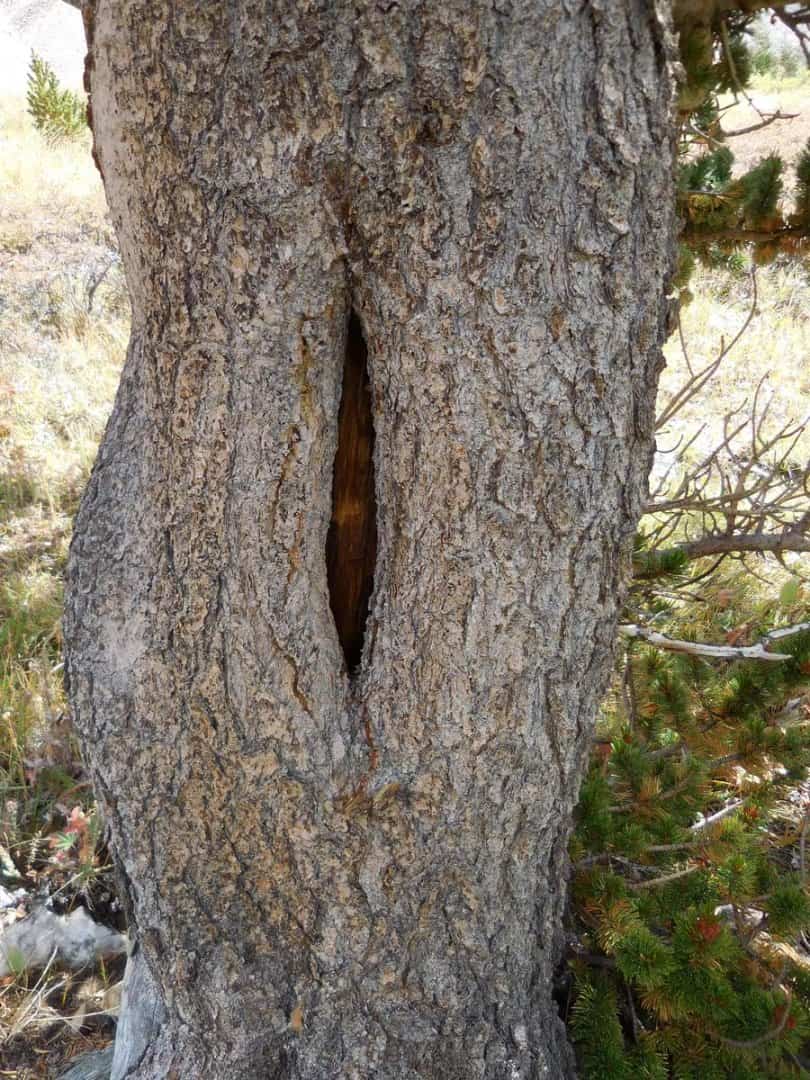Kent McMillan, post: 436953, member: 3 wrote: Oh, I've traveled extensively in the Western states. I doubt much of it looks the same today and wouldn't want to see what became of Pioche, NV or Ash Springs, also in NV, for example.
Been there (both Towns in the 1970s), and yeah...there are LOTS of trees there (NOT!).
Keep trying to change the subject, or just admit your ignorance of everything UN-Texas.
Pioche...give me a break!
Loyal, post: 436957, member: 228 wrote: Pioche...give me a break!
Hey, Pioche is a case study in the West, a perfect example. If you don't like what Pioche is, you may have a problem with the basic facts of the West that revolve around exploitation of resources and boom-and-bust economies.
paden cash, post: 436956, member: 20 wrote: I'm sure Kent is well steeped in classical literature:
Much more has been written about Texas because of the innately interesting qualities of the State. It's just a natural subject for literature.
I'm not saying that Oklahoma isn't sort of that way. I mean most of Jim Thompson's novels were based upon life there, even though he had to set them in Texas to attract an audience, right?
Yep...keep changing the subject, and deflecting the obvious direction of the discussion from your limitations to your fantasies.
Bummer
Here's a typical review of Texas from someone that actually spent some time there...
http://www.experienceproject.com/stories/Hate-Texas/3168513
I've just always assumed the folks that have stayed in Texas either didn't know which direction to go to leave...or simply didn't have the gas money to get that far. 😉
Loyal, post: 436960, member: 228 wrote: Yep...keep changing the subject, and deflecting the obvious direction of the discussion from your limitations to your fantasies.
Well, you asked if I'd seen much of the West and the answer is that I have. If you don't accept the obvious truth that the entire history of most of the West is one of explotation of natural resources and of a succession of boom-and-bust economies, you must have some other West in mind. I assumed that you meant the Western US, not Western Croatia.
Kent McMillan, post: 436962, member: 3 wrote: Well, you asked if I'd seen much of the West and the answer is that I have. If you don't accept the obvious truth that the entire history of most of the West is one of explotation of natural resources and of a succession of boom-and-bust economies, you must have some other West in mind. I assumed that you meant the Western US, not Western Croatia.
Soooo, you admit that you don't know squat about the trees West (or North) of Texas, you just want to deflect the conversation (as usual).
And BTW, a trip up US 93 from Vegas to Ely is hardly a trip through the "forests" of the Great Basin.
Sad...
A Colorado diversion of stone mounds and bearing trees.
My old pup Nathan was excited to show me a Texas stone mound, but it was only a Texas-sized stone mound (on London Mt. looking at Pennsylvania Mt.). It marks no survey corner so I'm thinking a Texas prospector with some time on his hands had visited the area.
A U.S. Locating Monument with a stone mound as an accessory (SE Spur of Mt. Bross with Alma Colorado down below, elevation 12,400).
A bearing tree to the N1/4 Cor. Sec. 3, T. 9 S., R. 78 W., 6th PM scribed in June 1873 (South flank of Mt. Bross at an elevation of 11,700).
Close-up of the above bearing tree, a Limber Pine still alive and well 144 years later.
Stone with mound of stone and Bristlecone Pine bearing tree (Cor. No. 1, Bluebird Lode, MS 20507A&B, scribed in August 1932, elevation 11,700).
Same stone and bearing tree with a tall California land surveyor for scale.
Close-up of blaze (some say that these grow at 1 in. per 100 years....hmmm).
Loyal, post: 436964, member: 228 wrote: Soooo, you admit that you don't know squat about the trees West (or North) of Texas, you just want to deflect the conversation (as usual).
And BTW, a trip up US 93 from Vegas to Ely is hardly a trip through the "forests" of the Great Basin.
Well, you didn't ask whether I'd ever seen any of the National Forests of the Western US. I assumed that your main point that you deal with really old bearing trees because the trees were old when they were marked sometime relatively recently was humor. It's a safe bet that you will very seldom deal with really old MARKS on those trees.
Gene Kooper, post: 436965, member: 9850 wrote: A Colorado diversion of stone mounds and bearing trees.
My old pup Nathan was excited to show me a Texas stone mound, but it was only a Texas-sized stone mound (on London Mt. looking at Pennsylvania Mt.). It marks no survey corner so I'm thinking a Texas prospector with some time on his hands had visited the area.
A U.S. Locating Monument with a stone mound as an accessory (SE Spur of Mt. Bross with Alma Colorado down below, elevation 12,400).
A bearing tree to the N1/4 Cor. Sec. 3, T. 9 S., R. 78 W., 6th PM scribed in June 1873 (South flank of Mt. Bross at an elevation of 11,700).
Close-up of the above bearing tree, a Limber Pine still alive and well 144 years later.
Stone with mound of stone and Bristlecone Pine bearing tree (Cor. No. 1, Bluebird Lode, MS 20507A&B, scribed in August 1932, elevation 11,700).
Same stone and bearing tree with a tall California land surveyor for scale.
Close-up of blaze (some say that these grow at 1 in. per 100 years....hmmm).
Geeeze Gene,
Don't antagonize McMillimeter with FACTS, examples, or ANYTHING that actually relates to the subject at hand. It just gets his panties in a wad, and assures that he will go off on some unrelated (or Star*Net) tangent.
BTW...great pictures, of REAL trees (not Texas scrub oak).
😉
Kent McMillan, post: 436966, member: 3 wrote: Well, you didn't ask whether I'd ever seen any of the National Forests of the Western US. I assumed that your main point that you deal with really old bearing trees because the trees were old when they were marked sometime relatively recently was humor. It's a safe bet that you will very seldom deal with really old MARKS on those trees.
In recent years...not so old (1860s ish would be pretty old), although I have seen BTs marked back into the 1850s many times (in my mis-spent youth). I have also seen some pretty old "marked" trees in Northern Maine, in which the Marks" were older than that (or TEXAS for that mater).
BUT... that wasn't my initial question!
How OLD are the scrub Qaks that you are so proud of?
Pretty old I suspect, but babies compared to the many of the trees that I encounter.
🙂
Loyal, post: 436970, member: 228 wrote: How OLD are the scrub Qaks that you are so proud of?
Okay, are the ROCKS you find marking corners real old, too? Most of Central Texas lays upon limestone laid down in the Cretaceous period (somewhere in the range of 65 to 136 million years old) and used in most of the rock mounds that 19th-century surveyors made.
Kent McMillan, post: 436972, member: 3 wrote: Okay, are the ROCKS you find marking corners real old, too? Most of Central Texas lays upon limestone laid down in the Cretaceous period (somewhere in the range of 65 to 136 million years old) and used in most of the rock mounds that 19th-century surveyors made.
LOL, Like trying to nail jello to the wall.
Kent McMillan, post: 436972, member: 3 wrote: Okay, are the ROCKS you find marking corners real old, too? Most of Central Texas lays upon limestone laid down in the Cretaceous period (somewhere in the range of 65 to 136 million years old) and used in most of the rock mounds that 19th-century surveyors made.
First the convention for stating geologic periods is from to to. Second, geologists use more refined estimates than "somewhere in the range".
Geologists are fond of Time*Net and its computed age range (and reasonable uncertainties) of the Cretaceous are from 145.5 (?ñ 0.9) mya to 65.5 (?ñ 0.2) mya.
Gene Kooper, post: 436975, member: 9850 wrote: First the convention for stating geologic periods is from to to. Second, geologists use more refined estimates than "somewhere in the range".
Geologists are fond of Time*Net and its computed age range (and reasonable uncertainties) of the Cretaceous are from 145.5 (?ñ 0.9) mya to 65.5 (?ñ 0.2) mya.
Well, I know that you're a geologist, but I'm a surveyor.
Loyal, post: 436957, member: 228 wrote: Been there (both Towns in the 1970s), and yeah...there are LOTS of trees there (NOT!).
Keep trying to change the subject, or just admit your ignorance of everything UN-Texas.
Pioche...give me a break!
Ash Springs, that's where I would fill up on the way to the field for a good 6 months. I did find some original corners (no bearing trees) out there in the big open north of Ash Springs, but I'm not sure how it has anything to do with this thread, there is little to no property out there.
And as you mention,,,,,trees????
MightyMoe, post: 436985, member: 700 wrote: Ash Springs, that's where I would fill up on the way to the field for a good 6 months. I did find some original corners (no bearing trees) out there in the big open north of Ash Springs, but I'm not sure how it has anything to do with this thread, there is little to no property out there.
And as you mention,,,,,trees????
There were trees growing around the spring, as I recall, cottonwoods, I think. Loyal was really just asking for a summary description of what he referred to as "the West", the forlorn history of exploitation and exhaustion of natural resources and the periodic filling and emptying of populated places.
Kent McMillan, post: 436997, member: 3 wrote: There were trees growing around the spring, as I recall, cottonwoods, I think. Loyal was really just asking for a summary description of what he referred to as "the West", the forlorn history of exploitation and exhaustion of natural resources and the periodic filling and emptying of populated places.
The silver mines in Pioche? That was 140 years ago,,,,,,,Ash Springs I don't imagine is a good example of exploitation and exhaustion of natural resources, nor is Pioche.
The boom bust cycle has happened in the west many times since the old mining history of that area, I'd imagine it's remarkably like I knew it 40 years ago.
As far as it's limited population, there isn't anywhere to live out there; there is no land, no property.....
Dave Karoly, post: 437003, member: 94 wrote: Hey who is that guy?
Oh, just some kid's grandpa. That was a fun visit, Dave.
